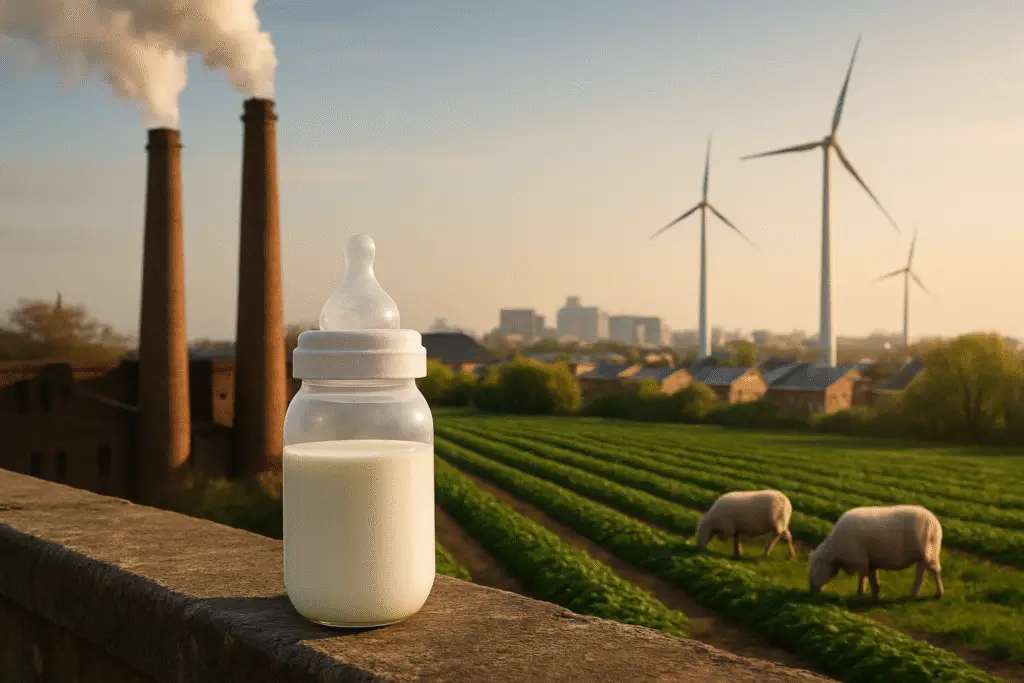
Fossil Fuels Mother’s Milk and the Race to Grow Up
Fossil Fuels Mother’s Milk once nourished steam engines, factory looms, and the global boom that followed. Like a child thriving on easy calories, industrial society drank deep from coal seams and oil wells. That rich feed powered railways, lit cities, and lifted billions from poverty. Yet the bottle is nearly empty, and the climate fever warns that yesterday’s comfort now brings tomorrow’s harm. We stand at a weaning moment, deciding whether to cling or mature.
From Wild Nuts to Black Gold
Humanity has faced this rite of passage before. Early hunter-gatherers lived on wild harvests until rising numbers pressed ecosystems too hard. Farming emerged, demanding sweat yet offering security. Millennia later, coal ignited the next leap. Fueled by buried sunlight, the steam engine moved mountains of ore and people. Cheap oil then shrank oceans, turning barrels into jet trails. The pattern is clear: each growth spurt starts with a windfall, then reaches limits. Today over 81 percent of global energy still comes from fossil fuels, even as their smoke traps heat and drives record-shattering temperatures, according to the World Meteorological Organization. The milk tastes sour, and storms grow louder.
Meanwhile, modern food systems mirror the energy story. Aggressive tillage and fertilizer boost yield, but topsoil vanishes faster than nature can rebuild it. Scientific American warned that, at present erosion rates, farmers could exhaust fertile soil within sixty years. History offers grim echoes: the Maya and Easter Island societies faltered when forests and rains disappeared. We risk repeating their lesson on a planetary scale if we refuse to diversify our diet.
Building a Grown-Up Menu of Sun, Wind, and Soil
Fortunately, adulthood brings new choices. Solar panels now fall in cost each year and out compete coal in sunny markets. Wind turbines harvest invisible rivers of air day and night. Once installed, both draw power from flows that never deplete. In 2023 two-thirds of new global generating capacity was renewable, a sign that markets sense the turning tide.
Food can evolve in tandem. Regenerative farms plant cover crops, add compost, and let roots pump carbon back underground. Trials on three continents show stable or higher yields while soils thicken and water retention improves. Vertical farms add another layer, stacking lettuce and herbs in climate-controlled towers that recycle 98 percent of their water. When city blocks sprout salads upstairs, distant fields win breathing space. These innovations convert extraction into renewal, much like switching from sugar drinks to balanced nutrition.
Transitions cost effort, but rewards multiply. Communities installing rooftop solar cut energy bills and keep lights on during outages. Farmers who build organic matter watch fertilizer bills fall and resilience rise. Nations investing in offshore wind gain jobs and cleaner air. Each step chips away at the addiction and strengthens future supply.
Choosing Maturity Over Collapse Fossil Fuels
Change seldom feels comfortable. Infants scream when the bottle disappears, and societies protest when subsidies shift. Yet history favors the cultures that embrace hard transitions early. Britain’s farmers who rotated clover in the eighteenth century rebuilt soil and fed growing cities. Today, countries like Denmark generate most electricity from wind and thrive. The pattern endures: foresight breeds stability.
Our task is to scale that foresight globally before fossil comfort curdles into chaos. Households can install heat pumps, insulate walls, and cut meat waste. Investors can steer capital toward grids, batteries, and regenerative supply chains. Governments can align rules with long-term health, pricing carbon and rewarding soil stewardship. Each action signals adulthood—a decision to live on Earth’s daily income rather than her dwindling savings.
The bottle served its purpose. Now we pick up the fork and feed ourselves responsibly. Future generations will judge whether we matured in time.
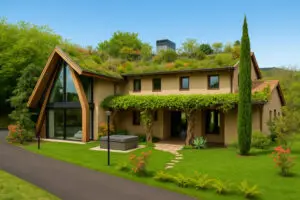
Green living Rooftops Gardens
Green living Rooftops Gardens revolutions: how plants are rewriting our city skylines Green living Rooftops Gardens are turning forgotten roofs into not only … but also vibrant habitats that cool
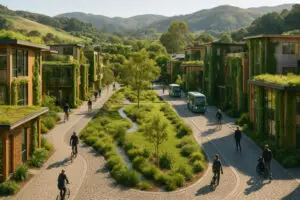
Better Cities Healthier Communities
Better Cities Healthier Communities: Everyday Stories of Urban Renewal Better Cities Healthier Communities is more than a slogan; it is a lived experience for millions reclaiming noisy streets and lonely
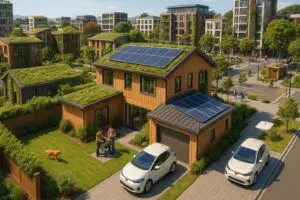
Automation Sustainable Urban Development
Cities That Learn: How Automation Sustainable Urban Development Brings Nature Back Automation Sustainable Urban Development is no longer consequently a distant dream. Around the world, artificial intelligence and smart sensors
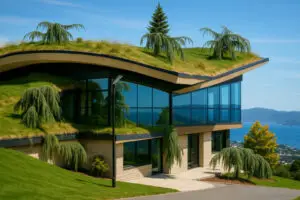
Green Infrastructure Resilient Cities
Green Infrastructure Resilient Cities: Core Benefits Green Infrastructure Resilient Cities is indeed, more than a trend; it is the blueprint for cooler streets, cleaner water and thriving neighborhoods, manage